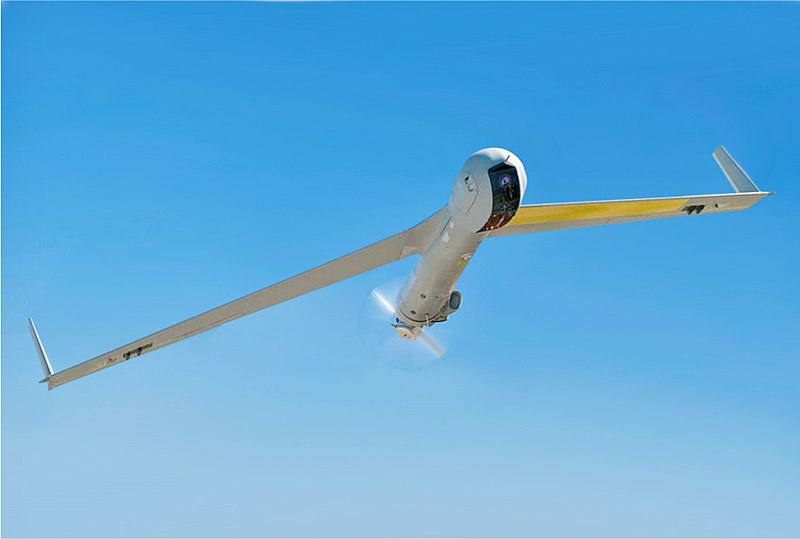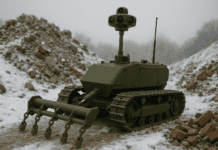This post is also available in:
 עברית (Hebrew)
עברית (Hebrew)
Tactical drones operate at altitudes of 18,000ft, fly for periods of 12+ hours, support land and sea based missions. The propulsion systems powering these high-value unmanned air vehicles (UAV) include not only the engine, but sophisticated fuel storage and supply systems, electrical supply systems, etc. A new propulsion solution for unmanned aerial vehicle may be the response for the growing requirement within the tactical-class UAV market for increased flexibility and versatility.
Orbital Corporation, an Australian company offering the N20 system, initially won a $91 million long-term contract in 2016 to develop and produce a bespoke heavy fuel engine for Boeing’s Insitu subsidiary, in what is understood to be the first internal combustion propulsion system to be developed specifically for UAV applications. The engine is used in the US military’s ScanEagle drones, as reported by stockhead.com.au.
The N20 propulsion system features an engine core comprising an air-cooled 50 cc direct-injection two-stroke heavy fuel engine rated at 2.4 kW.
The engine itself is multifuel-capable and can be sustained by petrol/aviation gasoline or heavy fuel (JP-5 or JP-8), according to janes.com.
An integral alternator enables it to generate 210 W of electrical power, with up to 150 W made available for operating the UAV’s mission systems.
A variant called the N21, incorporating an engine calibration firmware that has been optimized for aviation gasoline was also developed reportedly.
Although currently integrated to members of Insitu’s ScanEagle family of fixed-wing tactical UAVs, the N20’s engine core has been designed to be adaptable to other types of air vehicles.
The N20 propulsion system also features the company’s proprietary FlexDI compressed-air assisted direct injection technology, which is understood to enable the engine to operate at significantly cooler temperatures and offering up to 30% more fuel economy, while increasing the time between overhauls by at least three times compared with other systems.


























